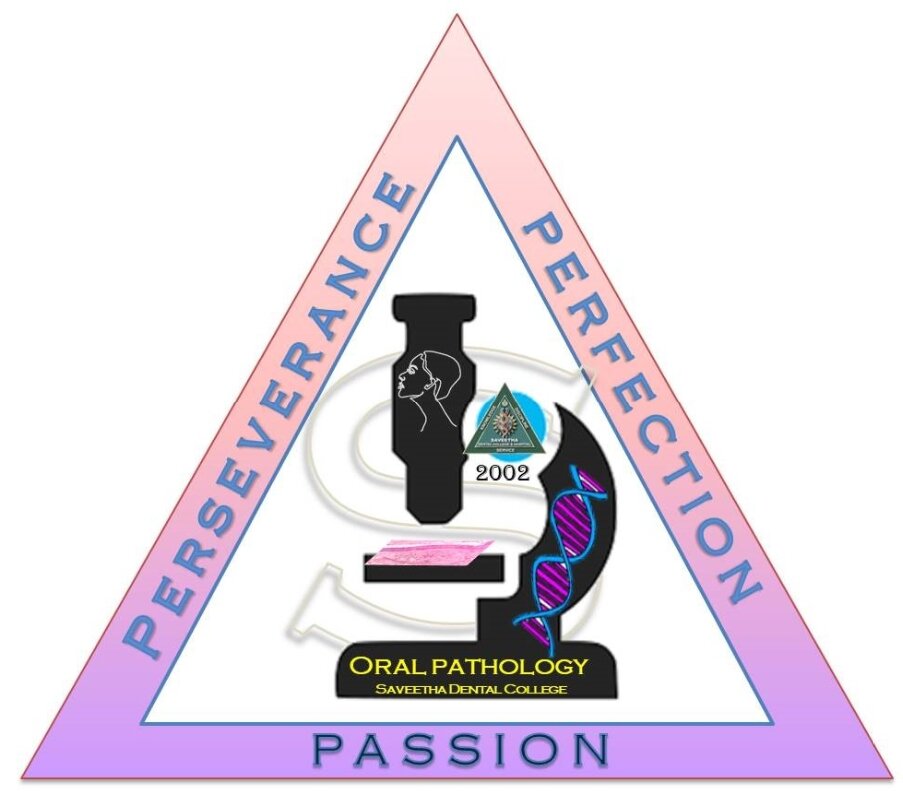Radicular Cyst adjacent to Danger area of Face: A Case Report
Dr. Mohd. Iklas Khan1 , Dr. Sandeep Sihmar Sihmar2 , Dr.Shalini Rathi3 , Dr.Paras4
1-2. Senior Lecturer, Dept. of Oral Pathology and Microbiology, Daswani Dental College, Kota , Rajasthan , India 3. Senior Lecturer, Dept. of Oral Medicine and Radiology, Maharaja Ganga Singh Dental College, Sri Ganganagar, Rajasthan India 4. Senior Lecturer, Dept. of Medical Anatomy, SGT Medical College, Gurgaon Haryana, India Corresponding author: Dr. Sandeep Singh Sihmar, Senior Lecturer, Dept. of Oral Pathology and Microbiology, Daswani Dental College, Kota , Rajasthan , India
Mobile: +919254431759
email: sandeepsihmar72@gmail.com
Abstract:
Radicular cysts are the most common (57%- 87%) asymptomatic odontogenic cysts of inflammatory origin affecting the human jaws , it can result in slow growth tumefaction and involve many adjacent sound teeth endangering their vitality and prognosis. It is usually a sequelae of the periapical granuloma originating as a result of bacterial infection and necrosis of the dental pulp, nearly always following carious involvement tooth. We discussed a case of radicular cyst near the danger area of face. It can be threatening if the cyst is present in the dangerous area of the face. The dangerous area of face comprises the upper lip, the lower part of nose and the adjacent area. It has been named as dangerous area because boils, infections of the nose and injuries around the nose, especially those that become infected can readily spread to cavernous sinus resulting in cavernous sinus thrombosis (CST). CST is generally a fulminant process with high rates of morbidity and mortality. In this case report, we are documenting a rare case of radicular cyst of “patient age and sex” in the mention the name of exact location area of the face. We surgically excised the cyst with effective antimicrobial agents and save the adjacent teeth also.
Key words: Radicular cyst, Cavernous sinus, Thrombosis, Necrosis
How to cite this article: Khan M.I et al. Radicular Cyst adjacent to Danger area of Face: A Case Report. Int J Histopathol Interpret 2022; 11(1):1-9. Received: 06-03-22; Accepted: 18-05-22; Web Published: 10-06-2022
https://www.editorialmanager.in/index.php/ijhi/article/view/46


























